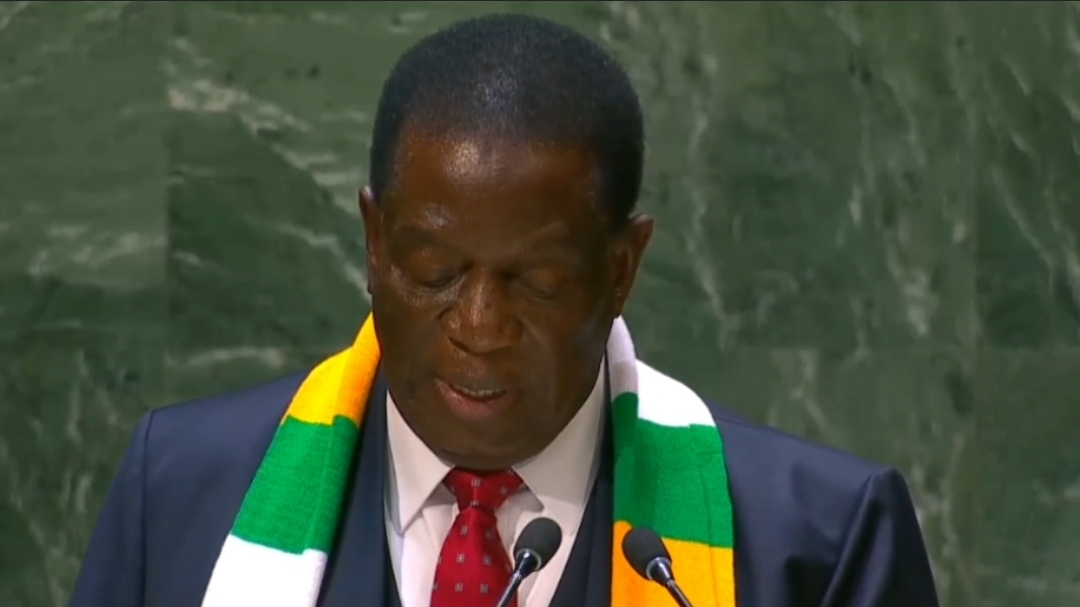Windfall for tobacco farmers . . . sales fetch US$13m by Day 3

Edgar Vhera-Agriculture Specialist Writer
TOBACCO sales at both auction and contract floors had reached 4 million kilogrammes by Day 3 of trade with farmers earning US$13 million, a 216 percent increase from the US$4 million earned during the comparable period last year.
Statistics from Tobacco Industry and Marketing Board (TIMB) show that there had been a 167 percent increase in volume sales from 1 555 090 to 4 148 403 kilogrammes by Day 3 at both auction and contract floors.
The value has increased from US$4 089 194 to US$12 925 179 over the same time period.
The Government policy of 75 percent foreign currency retention in growers’ foreign currency account (FCA) saw US$9 693 884 being transferred into growers’ FCA accounts with the 25 percent balance paid in local currency at the ruling interbank rate.
Farmers producing tobacco under contract arrangement have delivered 4 million kilogrammes to date worth US$11 million while their auction counterparts were at 489 170 kilogrammes valued at US$1 542767.
The average auction price stands at US$3,15 per kilogramme with contracts floors recording US$3,11. This year’s average price of US$3,12 per kilogramme is an 18 percent increase from US$2,63 in the same period last year.
A total of 62 790 bales have so far been laid against last year’s 20 833, a 201 increase. There was a 62 percent decline in bale rejection from 4,88 to 1,87 percent.
The highest price on the auction and contract floor was US$4,99 and US$6,50 per kilogramme respectively. This year’s highest contract price is 18 percent higher than last year’s US$5,5. The lowest price auction price is US$0,10 per kilogramme while that for contract was the same.
The 2024 tobacco marketing season started on March 13 with auction trading when the first bale was sold at a price of US$4, 92.
Zimbabwe Tobacco Growers Association (ZTGA) chairman Mr George Seremwe said the auction floor pricing had failed to break the price ceiling of US$4,99 per kilogramme.
“The US$4,99 per kilogramme price ceiling has not yet been broken and we have noticed a worrying trend where contract pricing seems not to make use of the prices determined on the auction to inform their pricing. This discord needs to be addressed by having more tobacco on auction for competition,” he said.
One concerned farmer who requested anonymity said they were being charged a fine of US$90 for late renewal against the stipulated US$10 during the normal application period.
Social media reports say last week tobacco sales were disrupted in Mvurwi with farmers clashing with their contractor whom they accused of buying their crop at very low prices unlike the previous day’s prices.
Efforts to get a comment from TIMB were fruitless by time of going to press.
Meanwhile, on the first day of auction floor trading, a communal farmer from Mvurwi’s Chigudu area Mr Francis Banda brought seven bales of primings and received an average price US$3,20 per kilogramme for his crop.
“I brought only seven bales of my crop and the price is very good for primings. My minimum price was US$2,38 while the highest as you can see is US$3,58. I am now going home a happy man and I hope to finish the curing and grading of the better crop, which I will bring within one month,” he said.
This marketing season’s tobacco volumes will be lower than last year’s 296 million kilogrammes with experts predicting it to be around 260 million as a result of the El Nino drought, which affected the final output.
In 2021, Government crafted the Tobacco Value Chain Transformation Plan (TVCTP) in 2021 that seeks to achieve the six objectives of sustainable intensification of tobacco production to 300 million kilogrammes, enhancing transparency and fair tobacco marketing, reforming, restructuring and rebuilding institutions in order to raise and optimise the net export benefits for tobacco from the current 12,5 percent to 70 percent by 2025, increasing tobacco value addition and beneficiation from the current two to 30 percent by 2025 as well as facilitate the production of alternative crops to tobacco to diversify and increase the contribution to farmer revenue and enhance traceability in face of climate change and anti-tobacco campaign.








Comments